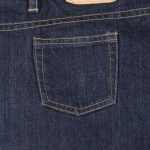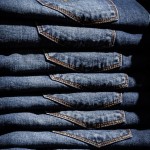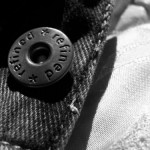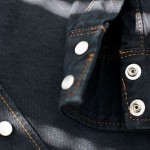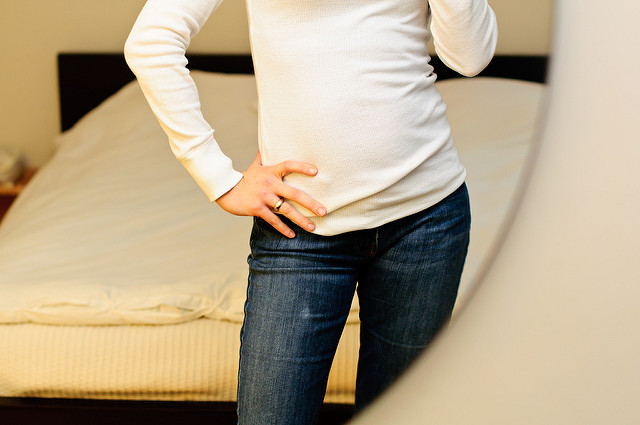
by MakeYourOwnJeans | jeans |
Do your jeans bunch at the knees when worn? Well, you aren’t alone. This is a common problem reported by men and women who wear jeans on a regular basis. Bunching occurs when excess fabric forms in a particular area, such as the knees. While it typically won’t affect the comfort or structural integrity of your jeans, it will affect their appearance. If you have a pair of jeans that consistently bunch at the knees, they’ll look awkward — and probably unattractive — when worn. You can prevent your jeans from bunching at the knees, however, by following a few simple steps. Choose a Baggier, More Relaxed Cut The cut in which your jeans are made will affect their susceptibility to bunching at the knees. Generally speaking, skinnier cuts are more likely to bunch at the knees than baggy cuts. A pair of skinny leg jeans, for example, will probably bunch at the knees if you wear them long enough. This is because skinny leg and similar denim cuts are tight, and when you wear them, you’ll stretch the denim fabric in certain areas like the knees. If you’re worried about your jeans bunching at the knees, choose a baggier and more relaxed cut instead. Go With Stretch Denim Another way to prevent the dreaded knee-bunching effect is to choose jeans made of stretch denim. What is stretch denim? Basically, stretch denim consists of both regular denim as well as an elastic fabric like polyester or spandex. Stretch denim jeans still consist mostly of regular denim — usually at least 90% — but they also contain an elastic fabric...
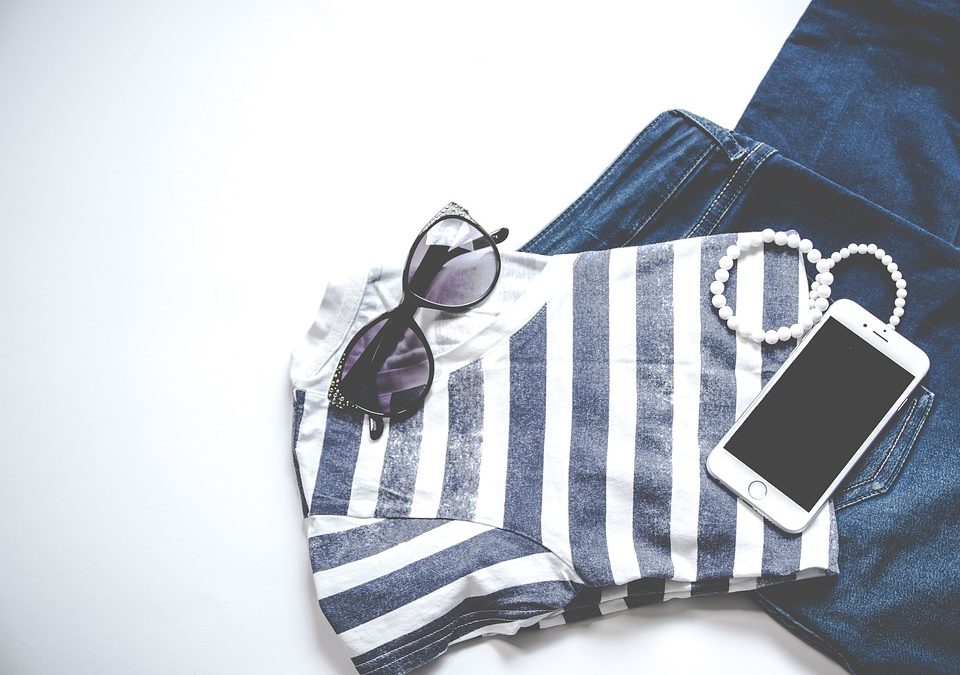
by MakeYourOwnJeans | jeans |
Have your favorite pair of denim jeans faded to a lighter tone? Most men and women prefer deep, dark-colored jeans. A pair of indigo jeans, for example, will offer a dark blue appearance that complements most other garments and fashion accessories. Over time, however, jeans may fade from their original color to a lighter color. Jeans typically fade for one of two reasons: sun bleaching or dye being released. Of course, sun bleaching occurs when jeans are exposed to sunlight for long periods of time, resulting in the gradual bleaching of its dye. But jeans can also fade to a lighter tone if their dye is released when being washed or dried. The good news is that you can protect your jeans from such fading using saltwater. It’s a simple yet highly effective way to set the dye in your jeans and, therefore, protect them from fading. How Saltwater Works You might be wondering how exactly saltwater can set the dye in your jeans and protect them from fading. Well, saltwater works by absorbing excess or loose dye, preventing that dye from being released by the jeans. If you simply wash your jeans in “regular” water, some of the loose dye may be released. It’s not a substantial amount of lost dye, but it’s still noticeable if you wash your jeans on a regular basis. Using saltwater, however, can minimize the effects of fading by setting the dye. The saltwater will absorb any loose dye while also setting the remaining dye. There are other ways to protect your jeans from fading, but using saltwater is arguably one of the...
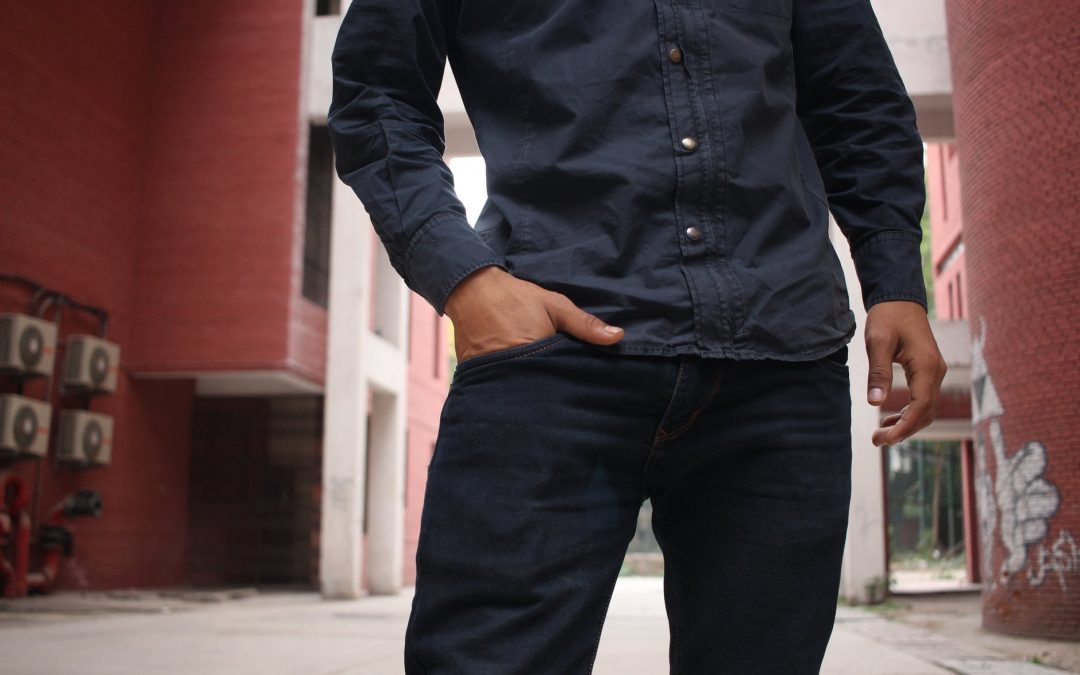
by MakeYourOwnJeans | jeans |
Have you noticed your jeans fraying at the bottom? After owning and wearing the same pair of jeans for long enough, you may discover the bottom of the pant legs unraveling. Also known as “fraying,” it can happen to any pants, though it’s more common in jeans because of their unique construction. The good news is that you can often prevent it from happening. First, however, you may find out what your jeans are fraying at the bottom. Boot Cut Jeans With the Wrong Footwear Boot cut jeans are more likely to fray at the bottom than other styles of jeans, especially if you wear them with the wrong footwear. As you may know, boot cut jeans have a larger and wider around the bottom than other styles. They are called “boot cut” because the larger opening allows the bottom of the jeans to fit over the top of your boots. Other styles of jeans have a smaller and narrower opening around the bottom of the pant legs, so you can’t easily fit them over the top of boots. Boot cut jeans solve this problem by featuring a wider opening. But if you wear boot cut jeans with the wrong footwear — specifically shoes, sandals, flip-flops or other non-boots — you won’t be able to take advantage of their unique design. On the contrary, wearing boot cut jeans with a different type of footwear than boots will likely result in the bottom of the pant legs dragging on the ground. Boot cut jeans have a wider opening around the bottom of the pant legs than other styles of jeans,...
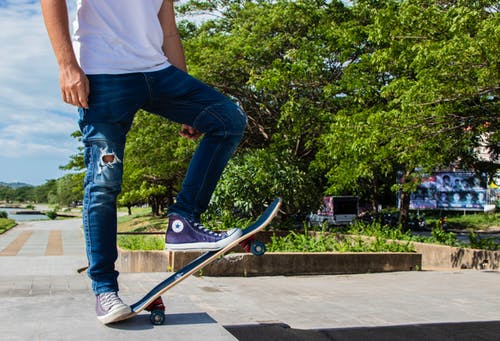
by MakeYourOwnJeans | jeans |
Jeans are available in dozens of different styles, some of which include boot cut, straight leg, skinny, low rise, high rise, boyfriend, loose and relaxed. While each style has its own unique characteristics, they all feature a denim construction. As a result, a typical pair of jeans can last for years or even decades — assuming you clean and maintain them according to the manufacturer’s recommendations. When choosing a pair of jeans, though, you should pay attention to the fly. Even with the large variety of different styles, jeans typically use either a button or zipper fly. While the fly type may sound like an insignificant or even meaningless feature, it can affect the performance of your jeans in more ways than one. So, should you choose jeans with a button fly or a zipper fly? Overview of the Button Fly The button fly is the most common type of fly used in denim jeans. It’s been around for over a century, with some of the world’s first jeans featuring this type of fly. Jeans with a button fly don’t just have a single button. Rather, they usually feature a single column of multiple buttons. Some jeans have three buttons for the fly, whereas others have five or six buttons. Regardless, the button fly is characterized by a single vertical column of buttons, which can be fastened or unfastened to put on or take off the jeans. Overview of the Zipper Fly A more modern fly type, the zipper fly features a zipper. Even if you’re unfamiliar with the different fly types, you’ve probably used a zipper before. It’s...
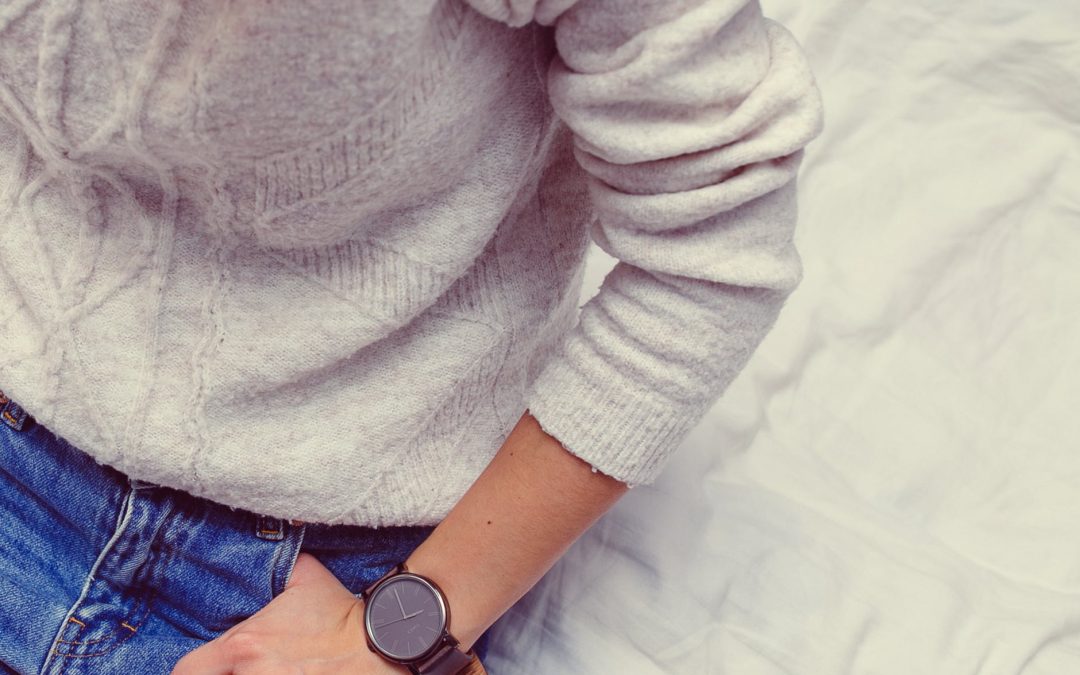
by MakeYourOwnJeans | jeans |
Have you discovered unsightly piles of lint stuck to your jeans? When initially manufactured, jeans shouldn’t have any lint. Over time, however, these fine strands of textile fibers can accumulate on the surface of your jeans. Lint won’t necessarily harm your jeans, but it can still affect the appearance of your jeans nonetheless. The good news is that you can protect your jeans from lint by taking a few precautions. Choose Jeans Made of High-Quality Denim If you choose jeans made of high-quality denim, you shouldn’t have a problem with lint. Lint itself is either comprised of textile fibers from other garments, or it’s comprised of denim fibers of the jeans. If your jeans are made of cheap, low-quality denim, the denim fabric will degrade more quickly, resulting in the accumulation of more lint. To avoid the hassle of cleaning lint off your jeans, choose jeans made of high-quality, durable denim, such as those sold here at MakeYourJeans. Cut Back on Washing Your Jeans How often do you typically wash your jeans? While washing is essential to cleaning and removing stains, you should use caution to avoid washing your jeans too frequently. The more you wash them, the greater the risk of lint. Each time you wash your jeans, the denim fabric will wear down a little more. It’s not a substantial amount of wear, but it can still cause small denim fibers to release from the surface of your jeans. As these denim fibers collect inside the washing machine, some of them will stick to your jeans to form lint. To protect your jeans from lint, consider washing...
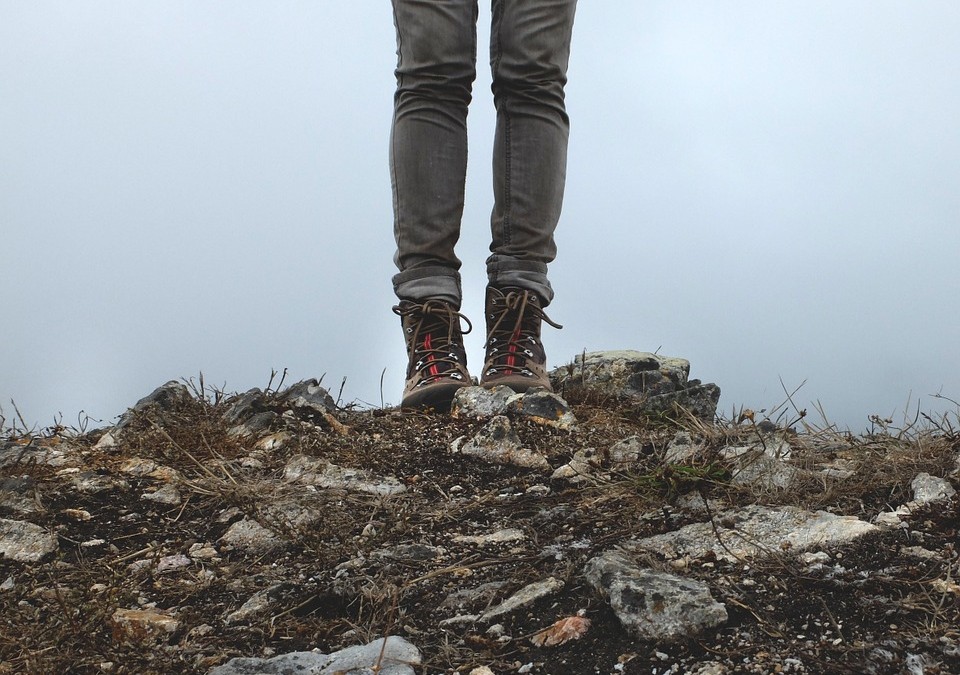
by MakeYourOwnJeans | jeans |
Since their origins back in the 1800s, jeans have been made almost exclusively using denim. Whether you’re shopping for a pair of straight-leg jeans or relaxed-fit jeans, you’ll probably discover that they are made of 100% denim. It’s the “go to” material for companies that produce jeans. Unless you’re familiar with denim, though, you might be wondering why it’s used to make jeans. Overview of Denim: What You Should Know To better understand why denim is used to make jeans, you must first familiarize yourself with the material itself. Contrary to what some people believe, denim isn’t a specific type of fabric, such as wool. Rather, it’s a form of cotton that’s characterized by a unique design in which the weft goes under multiple warp threads. The end result is a twill weaving pattern consisting of diagonal stitching. Denim Is Sturdy and Durable Even though it’s technically cotton, denim is a sturdy and durable material that’s able to withstand significant stress without ripping, tearing or otherwise sustaining damage. When jeans were first invented, they were designed for hardworking men and women in laborious jobs, including gold prospectors who spent countless hours panning and mining for gold. As a result, companies needed to produce jeans using a strong material. With its twill weaving construction, denim was the perfect material for the job. Companies discovered that denim jeans offered a superior level of strength and durability when compared to conventional textiles. Consumers could wear denim jeans while working in laborious jobs, and unlike with other pants, jeans wouldn’t tear or sustain damage due to their sturdy and durable construction. Denim Is...








